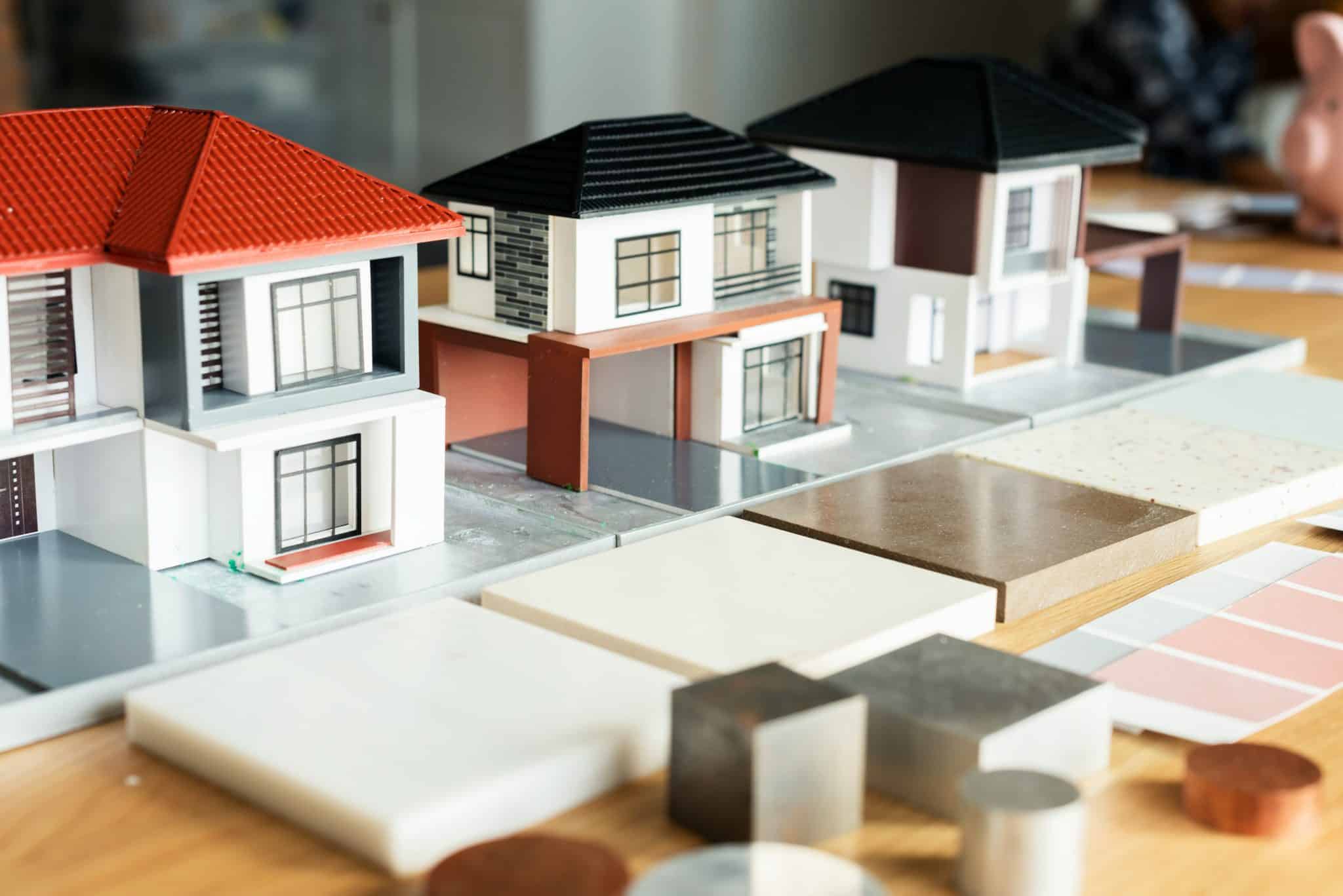Most homeowners rush to stain their new pressure-treated deck right after installation, only to watch the finish peel and flake off within months. You’re excited about your new outdoor space and want it to look perfect immediately.
We understand the frustration of waiting when you want to enjoy your deck.
Here’s the good news: timing your stain application correctly will save you money, time, and headaches down the road. When you wait for the right moment and use proper techniques, your stain job can last 3-5 years instead of failing in just a few months.
This guide will show you exactly when to stain your new pressure-treated deck, how to test if it’s ready, and the best methods for long-lasting results.
You’ll learn the simple water test, ideal weather conditions, and which stain types work best for different situations.
What Is Pressure-Treated Wood and Why Does It Matter?
Pressure-treated wood undergoes a special process in which chemicals are forced deep into the lumber under high pressure. These preservatives protect the wood from rot, decay, and insect damage.
The treatment process leaves the wood very wet and retains a high level of moisture. This is why you can’t stain it right away; the wood needs time to dry completely. Many people think they can stain their new deck immediately, but this leads to poor results.
Wet wood won’t absorb stain properly, causing it to peel and flake off within a short period. Understanding this drying process is key to getting a long-lasting, beautiful finish on your deck.
Why You Shouldn’t Stain a Deck Too Early?
New pressure-treated wood contains too much moisture to accept stain properly. Fresh lumber can hold up to 50% water content from the treatment process.
When you apply stain to wet wood, it sits on the surface instead of soaking in. This creates a weak bond that leads to peeling, bubbling, and flaking within just a few months. You’ll end up wasting money and time when the stain fails early.
Signs Your Deck Isn’t Ready for Staining Include
- Water beads up on the surface instead of soaking in
- The wood feels damp or cool to the touch
- You can see moisture droplets on sunny days
- The lumber looks darker or greenish in color
When to Stain a New Pressure-Treated Deck?
1. Wait at Least 3–6 Months After Installation
Fresh pressure-treated wood contains high moisture from the chemical treatment. Staining too soon traps that moisture, leading to peeling or poor adhesion.
The standard recommendation is to wait 3–6 months to allow the wood to dry properly. This patience pays off with a stain job that lasts for years, rather than failing within months.
2. Perform the “Water Bead Test” to Check Readiness
Sprinkle a few drops of water on the surface to test moisture levels. If the water beads up, the wood is still too wet for staining. If it soaks in within 10 minutes, your deck is ready. This simple test is more accurate than relying solely on the calendar.
3. Factor in Local Climate Conditions
Decks in humid or rainy regions may take longer to dry completely. Those in hot, dry climates can be ready sooner than expected. Sun exposure matters too – shaded areas dry slower than spots in full sunlight.
Check different sections of your deck since they may dry at different rates.
4. Know Your Wood Type: Green vs. Kiln-Dried
Green pressure-treated lumber is very wet and needs the full drying period of 4-6 months. Kiln-dried after treatment (KDAT) wood is drier and can often be stained within 2-3 months.
Always check the stamps on your lumber or ask your supplier to determine the type you have.
5. Choose a Dry Week with Mild Temperatures
When you’re ready to stain, pick a dry spell of 2–3 days with temps between 50°F and 90°F. Avoid staining in direct sunlight or just before rainfall to prevent uneven application. Early morning or late afternoon work best when temperatures are stable and humidity is lower.
6. Don’t Wait Too Long, Stain Within the First Year
While waiting is essential, don’t delay more than a year. Prolonged exposure to sun and moisture can lead to cracking, splintering, and UV damage. Once the wood is dry, act promptly to protect it.
Choosing the Right Stain for Pressure-Treated Wood
| Stain Type | Appearance | Protection Level | Durability | Ideal For | Pros | Cons |
|---|---|---|---|---|---|---|
| Transparent | Clear or very light tint; natural wood shows fully | Low | 1–2 years | New decks with attractive wood grain | Highlights natural beauty; easy to apply | Minimal UV protection; requires frequent reapplication |
| Semi-Transparent | Light color; wood grain still visible | Medium | 2–3 years | Most decks, a balance of protection and aesthetics | Good UV/moisture resistance; showcases wood texture | May wear unevenly; needs careful prep for reapplication |
| Semi-Solid | Deeper tint; faint grain visible | High | 3–4 years | Older or weathered decks needing more coverage | Hides imperfections; good durability | Less natural look; prep needed before reapplying |
| Solid | Paint-like finish; wood grain hidden | Very High | 4–5 years | Very old decks, mismatched boards, or wood with flaws | Excellent UV/moisture protection; color uniformity | Peels over time; hard to strip/re-stain; no grain visibility |
For a more detailed comparison of stain options tailored for pressure-treated wood, refer to our guide on the Best Stains for Pressure-Treated Wood.
Ideal Weather Conditions for Staining
- Temperature and humidity guidelines: For optimal results, stain when temperatures are between 50°F and 90°F with humidity below 50%.
- Avoiding rain and direct sunlight: Check the forecast for at least 24-48 hours of dry weather and avoid staining in direct midday sun, as this can cause uneven drying.
- Time of day and season recommendations: Early morning or late afternoon during spring or fall provides the most stable conditions with moderate temperatures and lower humidity.
Final Thoughts
Staining your new pressure-treated deck at the right time makes all the difference between a job that lasts years versus one that fails in months.
Taking time to do it right now saves you from costly repairs and re-staining later. Your deck is a significant investment in your home’s value and your family’s outdoor enjoyment.
A properly timed and applied stain protects that investment while keeping your deck looking beautiful for years to come.
The key is patience combined with the proper knowledge. Follow these guidelines, and your deck staining project will be one you can take satisfaction in for many seasons ahead.
Ready to start your deck project? Share your staining timeline in the comments below or bookmark this guide for when your deck is ready for its first coat.
Frequently Asked Questions
How Long Should You Wait to Stain a Pressure-Treated Deck?
Allow 3-6 months after installation for the wood to dry completely, although kiln-dried lumber may be ready sooner.
How Can I Determine if Pressure-Treated Wood Is Ready for Staining?
Perform the water bead test – if water soaks into the wood within 10 minutes instead of beading up, it’s ready to stain.
How Do I Know if My Deck Is Dry Enough to Stain?
The wood should feel completely dry to the touch, appear light gray instead of dark green, and pass the water absorption test.










